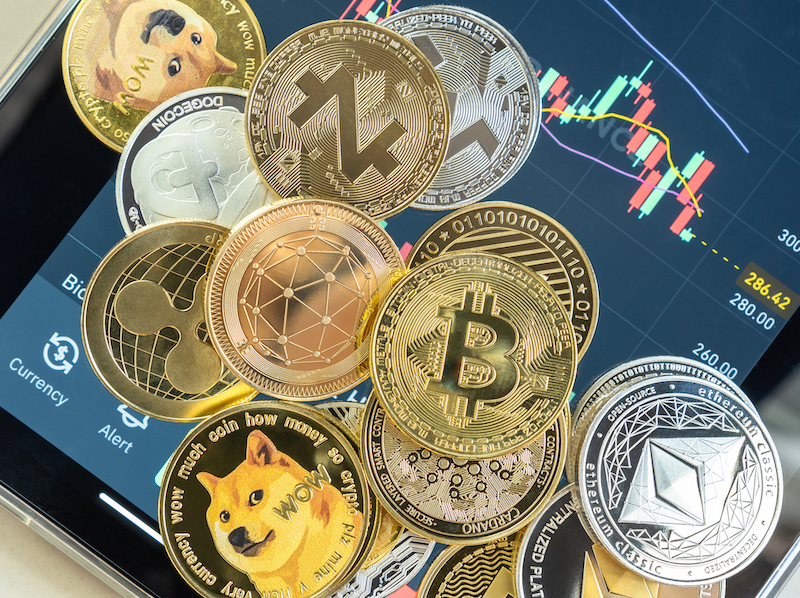
Bitcoin is once again having a moment. On Monday, the world’s largest cryptocurrency soared past $41,000 for the first time in over a year and a half — marking a 150% rise so far this year.
Volatile bitcoin rocketed from just over $5,000 at the start of the pandemic to nearly $68,000 in November 2021, according to FactSet, a period marked by a surge in demand for technology products. (All figures in U.S. dollars.) Prices fell back to earth during an aggressive series of Federal Reserve rate hikes aimed at taming inflation and then the collapse of FTX, one of the biggest companies in crypto.
When 2023 began, a single bitcoin could be had for less than $17,000 after losing more than 75% of its value. Investors, however, began returning in large numbers as inflation started to cool. And the collapse of prominent tech-focused banks actually led more investors to turn to crypto as they bailed out of positions in Silicon Valley start-ups and other risky bets.
But fueling this latest rally are prospects for the possible approval in the U.S. of spot bitcoin ETFs — a pooled investment security that can be bought and sold like stocks.
Industry advocates say this new way of investing in bitcoin at spot prices, instead of futures, could make it easier for anyone to enter the cryptoverse while lowering some of the well-documented risks associated with investing in cryptocurrencies. Regulators have previously rejected bitcoin spot ETF applications, but recent wins for some crypto fund managers have improved odds for a first approval, perhaps as soon as next month.
“The longer-term catalyst (for bitcoin) is a lot of optimism related to the potential approval of a spot ETF,” Kaiko research analyst Riyad Carey said Monday. He noted, however, that a regulatory green light doesn’t promise continued gains.
While analysts expect the potential approval of spot bitcoin ETFs to create a much larger pool of crypto investors, future volumes could go either way, Carey added. That could either boost or undermine bitcoin’s value.
Bitcoin’s current rally also arrives during an incredibly disruptive period for cryptocurrencies. Just last month, the U.S. government slapping Binance, the world’s largest crypto exchange, with a $4 billion fine as its founder Changpeng Zhao pleaded guilty to a felony charge.
But Binance continues to operate and maintain its market share, Carey noted. In some ways, the company’s settlement “propelled the market forward more by removing one of the … more ominous overhangs that was a sort of a big question mark,” he said, noting bitcoin’s gains in the two weeks since the settlement was announced.
Despite the recent excitement around bitcoin, experts still maintain that crypto is a risky bet with wildly unpredictable fluctuations in value. In short, investors can lose money as quickly as they make it.
Last year’s collapse of crypto exchange giant FTX also “left a big scar” on the public’s confidence in the crypto industry and crushed retail investors, Edward Moya, a former senior market analyst at Oanda, previously told The Associated Press — noting that institutional money, like hedge funds, are behind the bulk of current crypto investing.
Carey added that liquidity in cryptocurrency markets has yet to return to where it was before FTX collapsed, and lower liquidity can exacerbate price fluctuations.
“In the past few months, that has normally been the price moving up — but people should always be aware it can go in the reverse and quickly,” he said.
As of around 1:30 p.m. Eastern time Monday, the price of bitcoin stood at $41,709.
The stocks of some other crypto players have also seen rises over recent months, but not with the same speed or heights as bitcoin. Ethereum, for example, stood at $2,223 Monday afternoon, up 85% since the start of 2023. Meanwhile, Binance Coin and Dash are down about 5.25% and 24.37% for the year, respectively, with Monday afternoon prices of roughly $231 and $32.